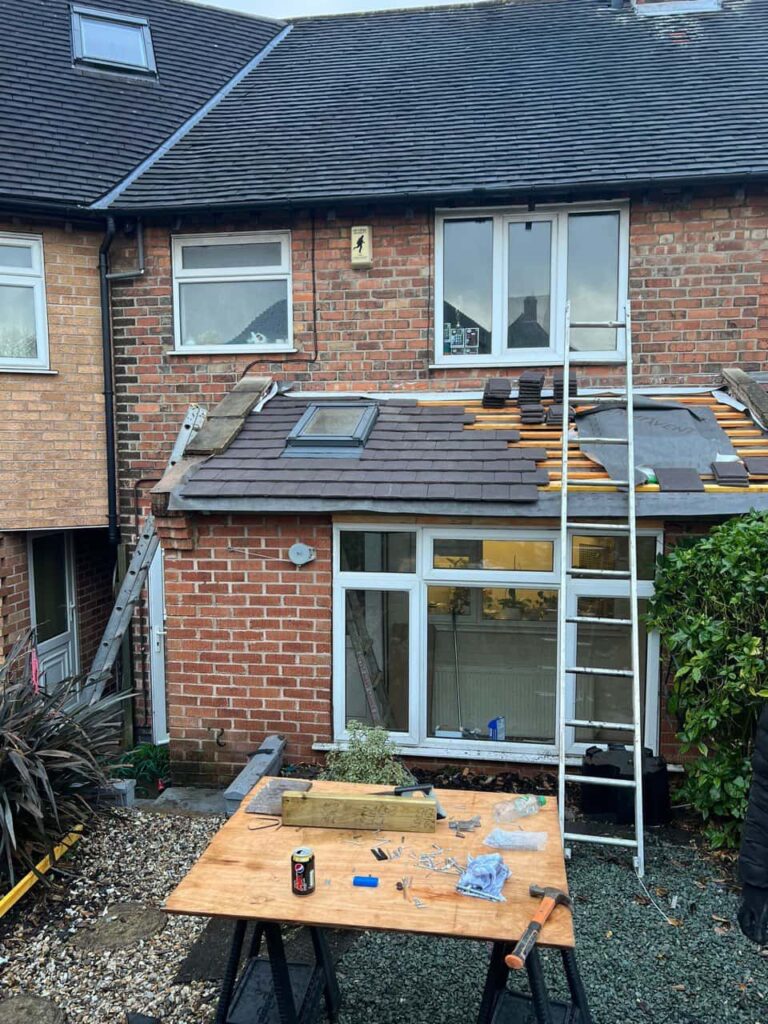Introduction: Roof pitch and drainage are crucial when installing felt roofing systems. Felt roofing, a versatile and popular choice for residential and commercial properties, requires proper slope and drainage to ensure optimal performance and longevity. In this blog post, we’ll explore the importance of roof pitch and drainage in felt roofing installations and provide insights into meeting the requirements for effective water management.
- Roof Pitch Defined:
- Roof pitch refers to the steepness or angle of a roof surface, typically expressed as a ratio of vertical rise to horizontal run. The pitch of a roof plays a significant role in determining how efficiently water drains off the roof’s surface. Felt roofing systems are designed to perform best within specific pitch ranges, ensuring adequate water runoff and preventing water accumulation.
- Importance of Proper Roof Pitch:
- The correct roof pitch is essential for preventing water ponding, leaks, and structural damage. Felt roofing materials are designed to shed water efficiently, but inadequate roof pitch can impede drainage and lead to water infiltration. Different felt roofing products may have specific pitch requirements, so it’s crucial to consult manufacturer guidelines and building codes when determining the appropriate roof pitch for a project.
- Drainage Considerations:
- Effective drainage is essential for maintaining the integrity of felt roofing systems. Properly designed roof drainage systems, including gutters, downspouts, and roof drains, help channel rainwater away from the roof surface and prevent water from pooling. In addition to roof pitch, factors such as roof size, shape, and surrounding landscape should be considered when planning drainage solutions for felt roofs.
- Flat and Low-Slope Roof Applications:
- Felt roofing is commonly used on flat and low-slope roofs where traditional pitched roofs are impractical. Special attention must be paid to roof slopes and drainage in these applications to prevent water accumulation and ensure proper performance. Roofing professionals may employ tapered insulation systems or built-up layers to create adequate slopes for water runoff.
- Maintenance and Inspection:
- Regular maintenance and inspection of felt roofing systems are essential for promptly identifying and addressing drainage issues. Debris buildup, clogged gutters, and damaged flashing can obstruct drainage pathways and compromise the effectiveness of the roofing system. Routine inspections by qualified roofing professionals can help identify drainage problems early and prevent costly repairs.
- Professional Installation:
- Proper installation by experienced roofing contractors is critical to ensuring that felt roofing systems meet roof pitch and drainage requirements. Roofers must adhere to industry best practices and manufacturer specifications when installing felt roofing materials to achieve optimal performance and longevity.
Conclusion: Understanding roof pitch and drainage requirements is vital for successfully installing and performing felt roofing systems. Whether installing a new felt roof or repairing an existing one, property owners and roofing professionals must prioritise proper roof slopes and effective drainage solutions to safeguard against water damage and prolong the roofing system’s life. By adhering to industry standards and implementing sound drainage practices, felt roofs can provide reliable protection and peace of mind for years.
Call us on: 01954 776 176
Click here to find out more about Cottenham Roofing Repairs
Click here to complete our contact form and see how we can help with your roofing needs.

